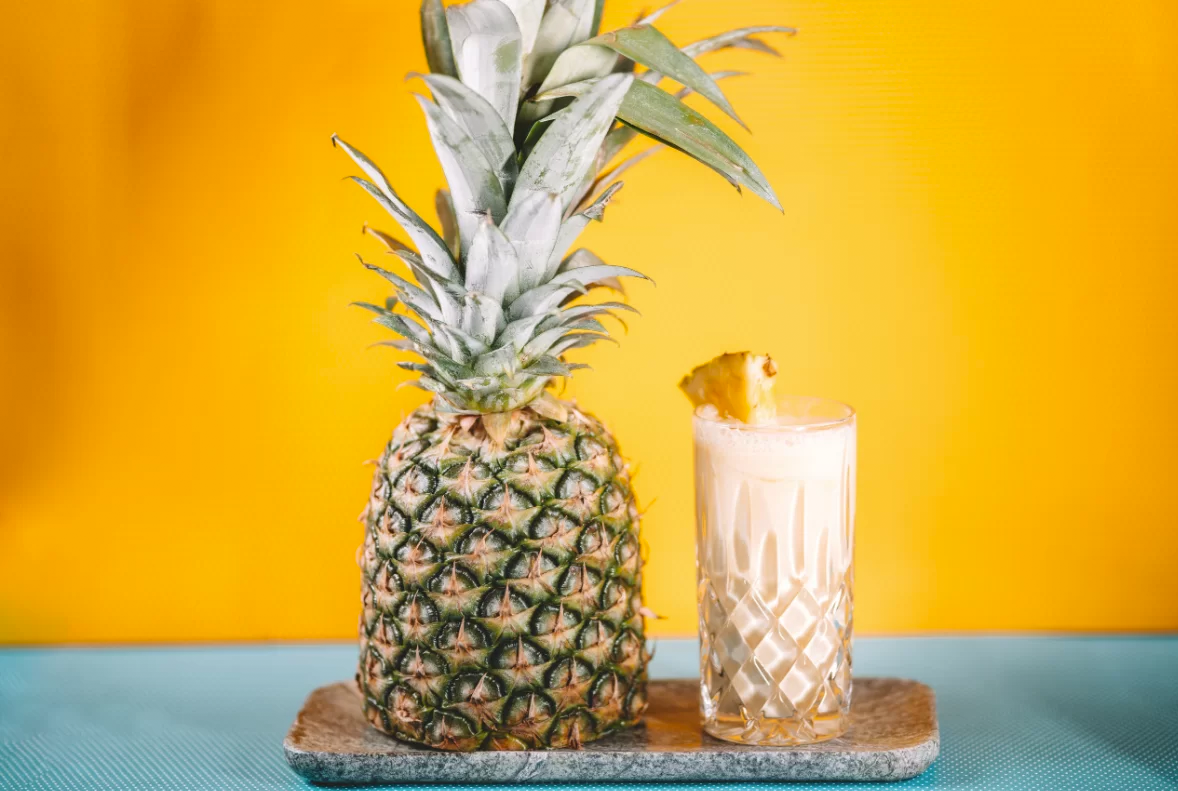
Apart from light, water and carbon dioxide (CO2) present in the air, marijuana consumes considerable amounts of three macroelements or primary nutrients: nitrogen, phosphorus and potassium. You also need average amounts of three secondary nutrients: calcium, sulfur and magnesium. The list is completed with the eight microelements or micronutrients (iron, manganese, zinc, boron, molybdenum, copper, chlorine and cobalt), of which you only need minimal quantities. When a plant lacks some nutrient, it shows symptoms of deficiencies and grows with problems. Depending on the nutrient that is scarce, the problems will be more or less serious and will affect at one time or another in the life of the plant. For example, a lack of nitrogen affects growth, while a lack of phosphorus prevents a normal development of flowering.
This entry is the continuation of the entry: The secret of the buds: Healthy roots and good fertilizers.
The most common deficiencies are those of nitrogen, phosphorus, potassium, magnesium and iron. The rest of the elements are missing very rarely. Many deficiencies are caused by an excess of salts in the soil or a pH that is too high or too low.
The primary nutrients
Nitrogen (N): Nitrogen is the element most abundantly needed by the plant. It is used in the growth of leaves and stems and for the synthesis of chlorophyll and, most importantly, cannabinoids. Nitrogen is important, especially during the vegetative growth stage of the plant. The deficiency of this element is common, especially in lands where it rains a lot or in pots, where the soil runs out quickly. The lack of nitrogen is first noticed in the older leaves, which turn light green or yellow when the nitrogen they contain is transported to the new leaves.
Phosphorus (P): Phosphorous is used in the formation of flowers and roots and in the transfer of solar energy to chemical compounds. It is necessary, mainly, in the first stages of growth and in flowering. Phosphorous accelerates flowering and produces large flowers and dense buds. Phosphorus deficiencies are first seen on older leaves, which turn a dark green, almost bluish hue. The plant stops growing and dark spots of necrosis appear on the leaves. The leaves are twisted, the plant blooms but with small buds.
Potasio (K): The respiratory system of the plant, the enzyme system and the synthesis of proteins and chlorophyll need potassium. It contributes to the fight against pests and diseases, and to maintain the internal water pressure that sustains the plant. If the plant loses this pressure, it will wilt and the stems will be weak. The pollinated plants that are producing seeds need a lot of potassium. Symptoms of a potassium deficiency include: yellowing and patches of dead tissue (necrosis) on the tips, edges, and between the veins of older leaves. The roots are easily infected and the weak stems are not able to support the plants due to the lack of internal pressure. The leaves can curl downwards. Sometimes the stems and petioles turn bright red or purple due to a potassium deficiency.
Secondary nutrients
Calcium (Ca): calcium is necessary to build cell walls and in the process of cell division. It also helps prevent the accumulation of toxic elements and facilitates the absorption of nutrients, balancing the pH of the soil.
Sulfur (S): Cannabis uses sulfur to help regulate metabolism and as a constituent of vitamins, amino acids and proteins. As it is a very frequent pollutant, it is not usual to find deficiencies. If sulfur is lacking, the new leaves turn bright green and the tips twist, but no necrosis points appear. Afterwards, the entire plant pales and the light green turns into a deep yellow. The stems and petioles can turn purple.
Magnesio (Mg): Magnesium is necessary for the manufacture of chlorophyll, whose central atom is magnesium, and carbohydrates. It is a common deficiency in potted plants, since many fertilizers do not include it. When magnesium is lacking, rust brown spots of necrosis and / or areas of diffuse yellow tone begin to appear on the middle leaves. Leaf veins usually remain green. The leaves curve upwards and the tips and edges are necrotic.
Microelements
Iron (Fe): The role of iron in plant development is not well understood, but it is known that without iron, chlorophyll formation ceases. When iron is lacking, the youngest leaves turn yellow, although there is no necrosis (except in the most severe cases) and the veins remain green. The symptoms are similar to those of a magnesium deficiency, but iron deficiency does not affect the lower leaves. Iron deficiencies are often caused by imbalances in pH.
Manganeso (Mn): Manganese has an important role in the photosynthetic system. Deficiencies in this element are not common. The leaves turn yellow and necrotize between the veins. It begins on the young leaves and then spreads to the entire plant.
Zinc (Zn): Insufficiencies of zinc cause the reduction of the size of the leaves and the distortion of their edges. The edges and tips of older leaves become necrotic and new growth appears twisted. Areas of necrosis can quickly enlarge.
Boro (B): The biochemical role of boron is unclear, but the plant cannot complete its life cycle without it. Its deficiency is not frequent. The roots stop growing when DNA synthesis ceases. The emerging leaves turn gray or brown and die. Then it spreads to the lateral branches.
Molybdenum (Mo): Molybdenum is used by the plant to transform nitrogen into compounds that it can use. It is also a constituent of some enzymes. If there is a deficiency, the central leaves of the plant turn pale and then yellow. These symptoms extend to the new shoots, which grow twisted and deformed.
Copper (Cu): Marijuana uses copper in the transfer of electrical charges carried out by the plant to absorb water and nutrients. It is part of some enzymes and is involved in regulating the water content of the plant. When there is a deficiency of copper, the young leaves wither and the edges curve downwards. The tips or edges of the leaves die. The plant appears withered.
Chlorine (Cl): Since most growers use chlorinated water, this element is not usually deficient, but neither is it usually lacking when using water without chlorine.
Cobalt (Co): It is not common to find deficiencies of this element in plants.
Keep reading the third and last installment about How to get good Marijuana buds ?: «Marijuana fertilizers and fertilizers«.








